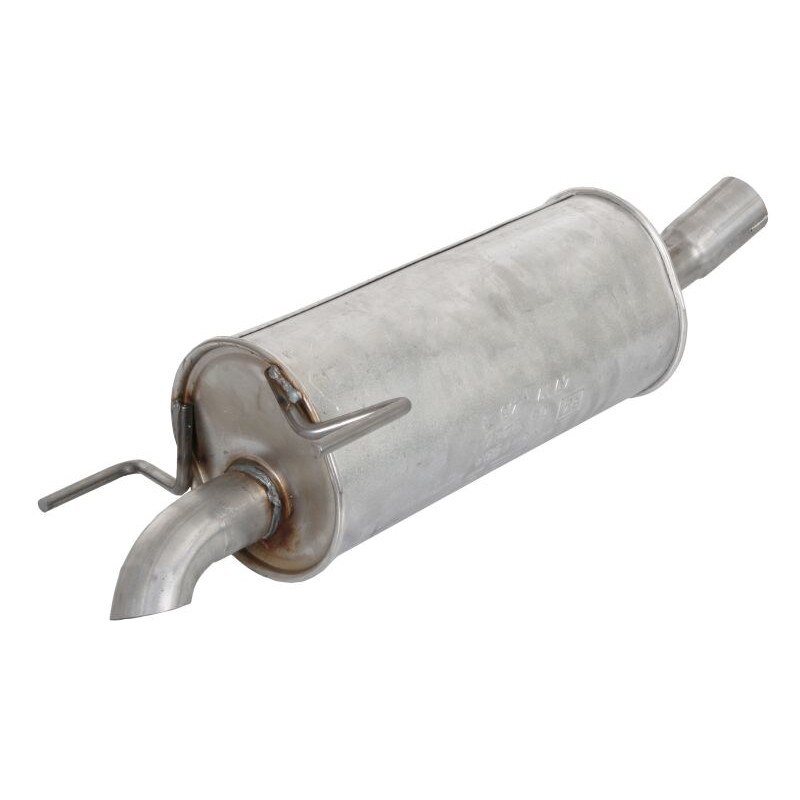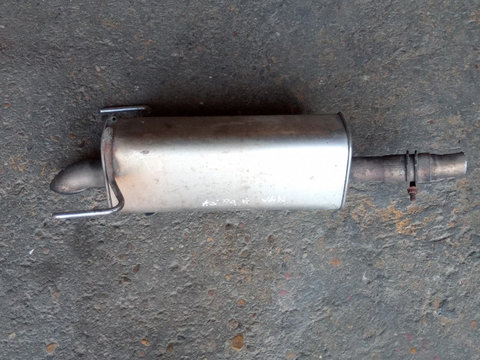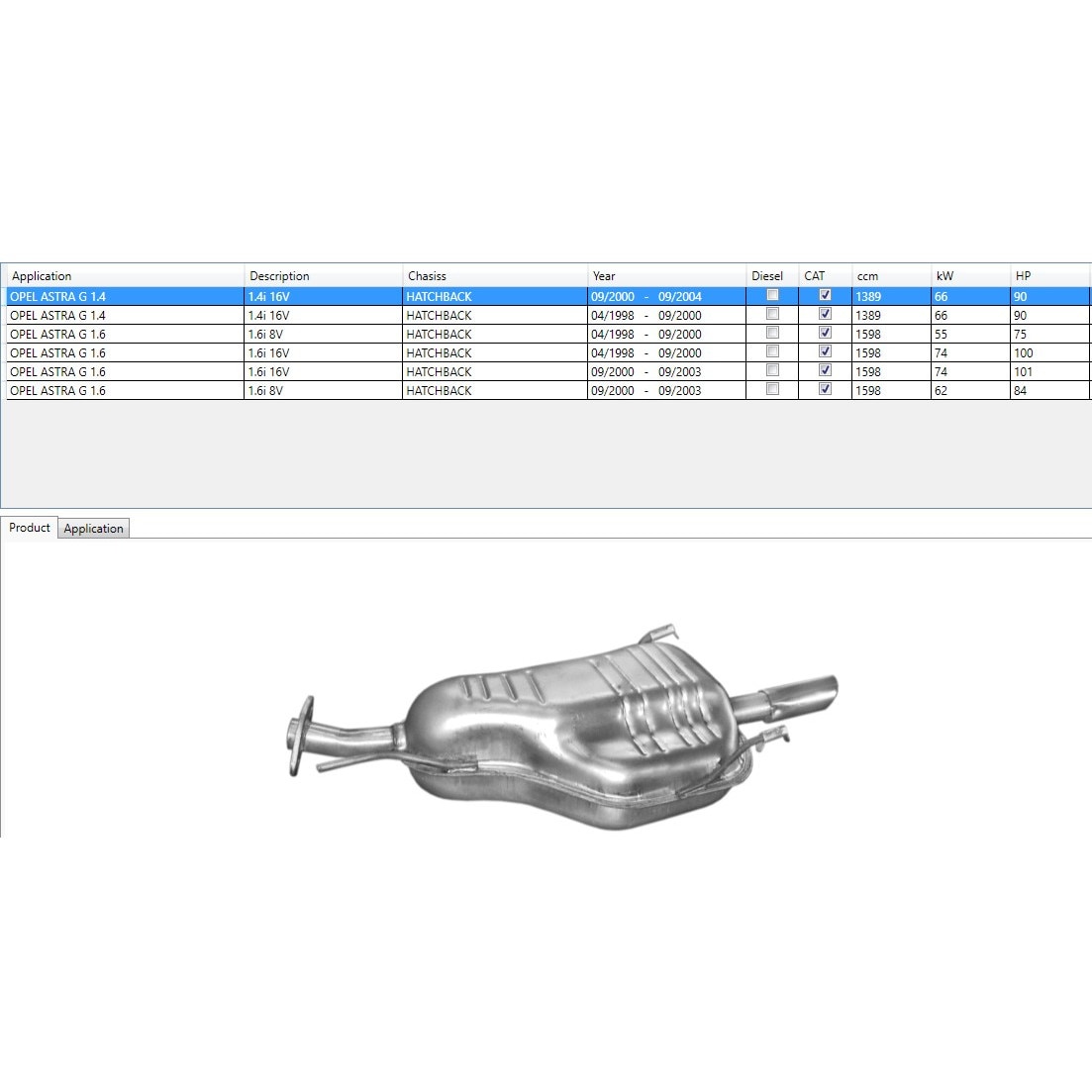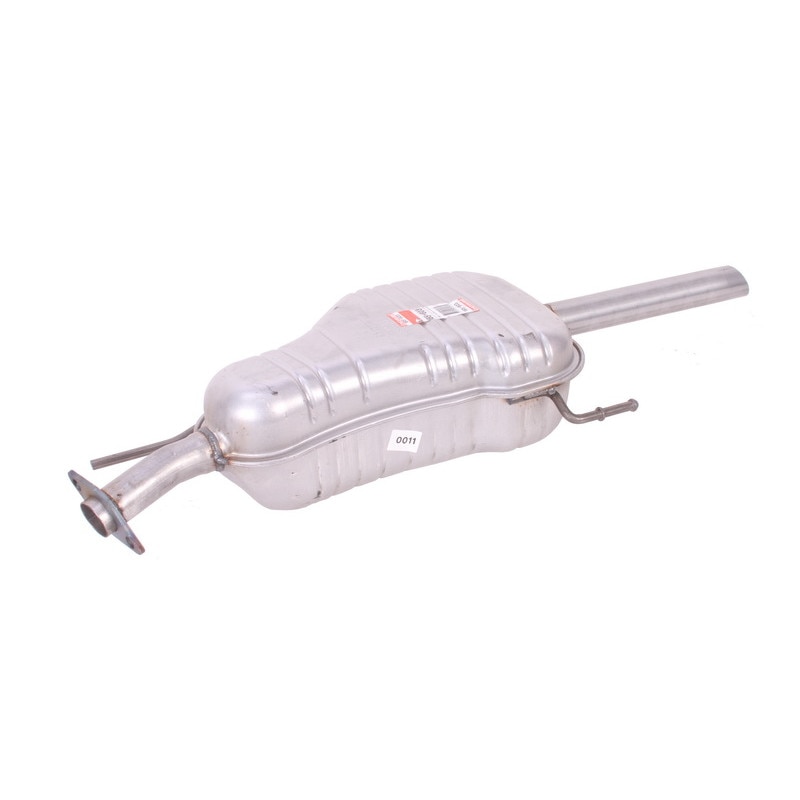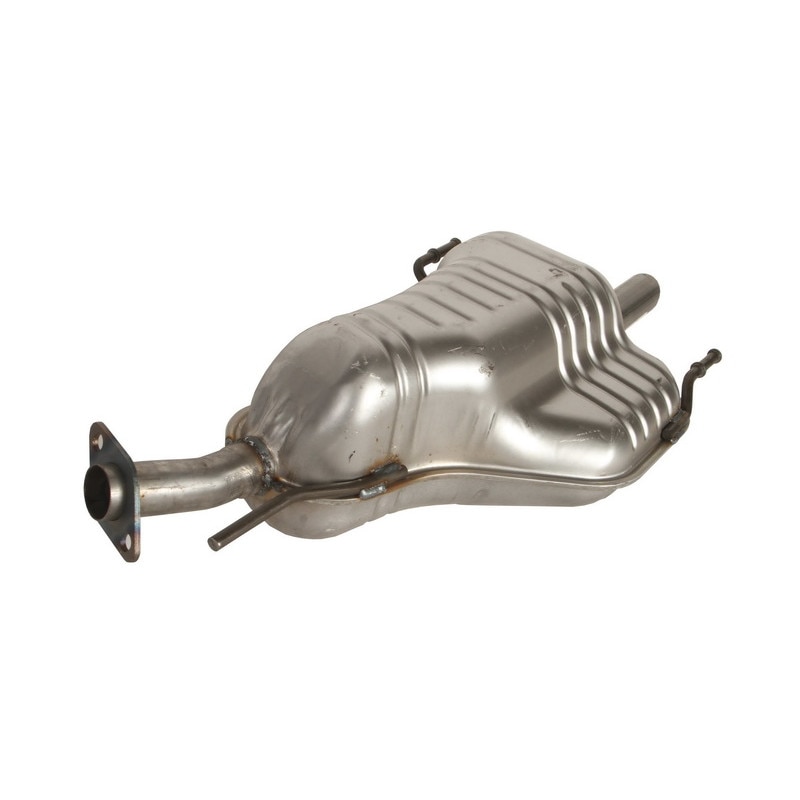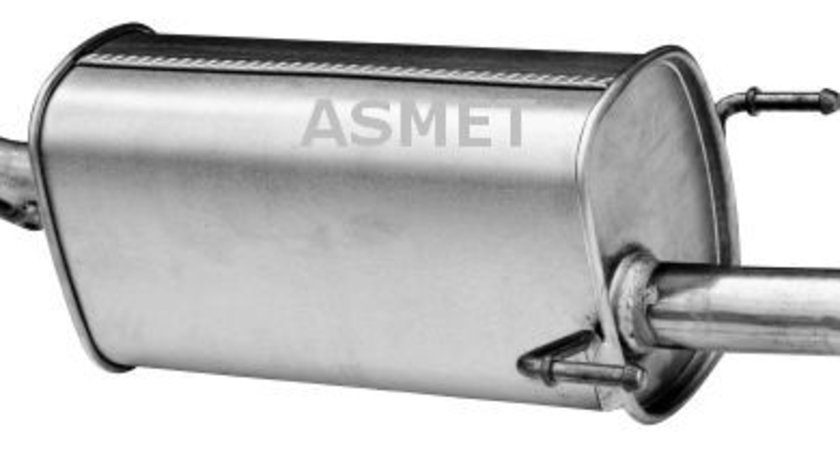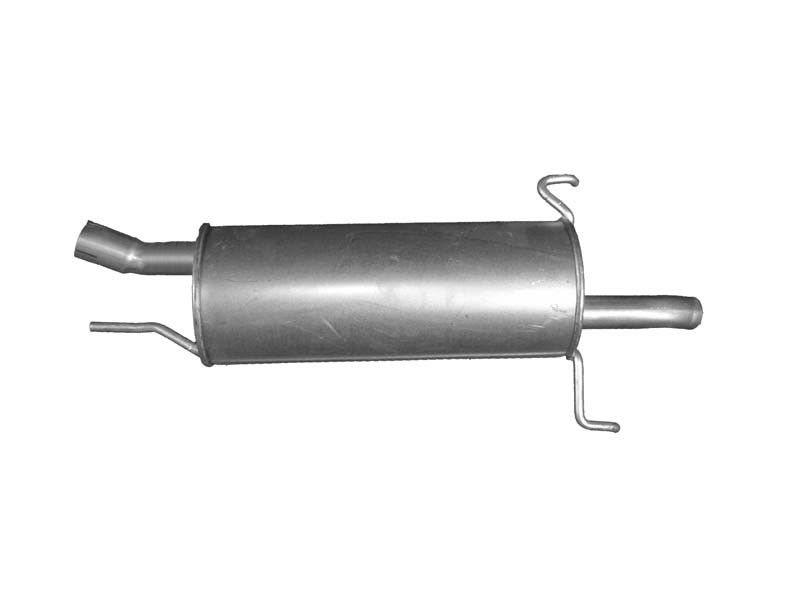
Toba esapament finala pentru OPEL Astra G CC (T98) universala și sport cumpărați ieftin online ▷ AUTODOC catalog

Toba finala Opel Astra G 1.6 16V (F08, F48) 101 CP Z 16 XE de la a.f. 02.1998 economic de calitate originală

Toba Intermediara Opel Astra G 1 6 8v Benzina 1998 2004 cod 152 - 150 Lei - in Dascalu, judet Ilfov (ID 6732338)

Toba esapament finala OPEL ASTRA G, ASTRA G CLASSIC 1.6/1.7D intre 1998-2009 100% potrivit ⭐ Autoscan





